| Your browser is not supported. | ||
|
Please browse our site using any of the following options:
| ||
Snow Gear Buying Guide
Winter means one thing - it's gonna get cold! When the first snowflakes begin to fall and the first gust of wind sends a cold chill through your bones, you know it's winter in Australia. Are you getting ready to go to the snow? From hitting the slopes, shredding and sledding to skiing, sloshing and making a snowman, all are so much more enjoyable when you're toasty and warm instead of frozen solid. But that is only possible when you are wearing the right type of snow gear. In this snow gear buying guide, our experts at Anaconda will talk you through choosing the right type of snow gear that you will need for the snow, from how to layer your outfit to keep your head warm - and protected!
Quick Links
- What Is The Best Snow Gear?
- Protecting Your Head & Face In The Snow
- Keeping Your Body Warm On The Slopes
- Keeping Your Hands Dry & Toasty
- Keeping Your Feet Warm & Comfortable
- Determining The Quality Of Your Snow Gear
What Is The Best Snow Gear?
Like many things in life, what's best for someone else might not be best for you. The best snow gear for you depends on your particular needs and preferences, such as:
- How much you feel the cold in general (if you're always cold go for the warmest gear)
- How often you'll go to the snow (once a year or almost every weekend in snow season?)
- The conditions you expect to face now and in the future (temperature, rain, snow?)
- How extreme your snow adventures will be (will you be doing any acrobatics or heli-skiing?)
- How long you want it to last (for a few weekend trips or weeks at a time over many seasons?)
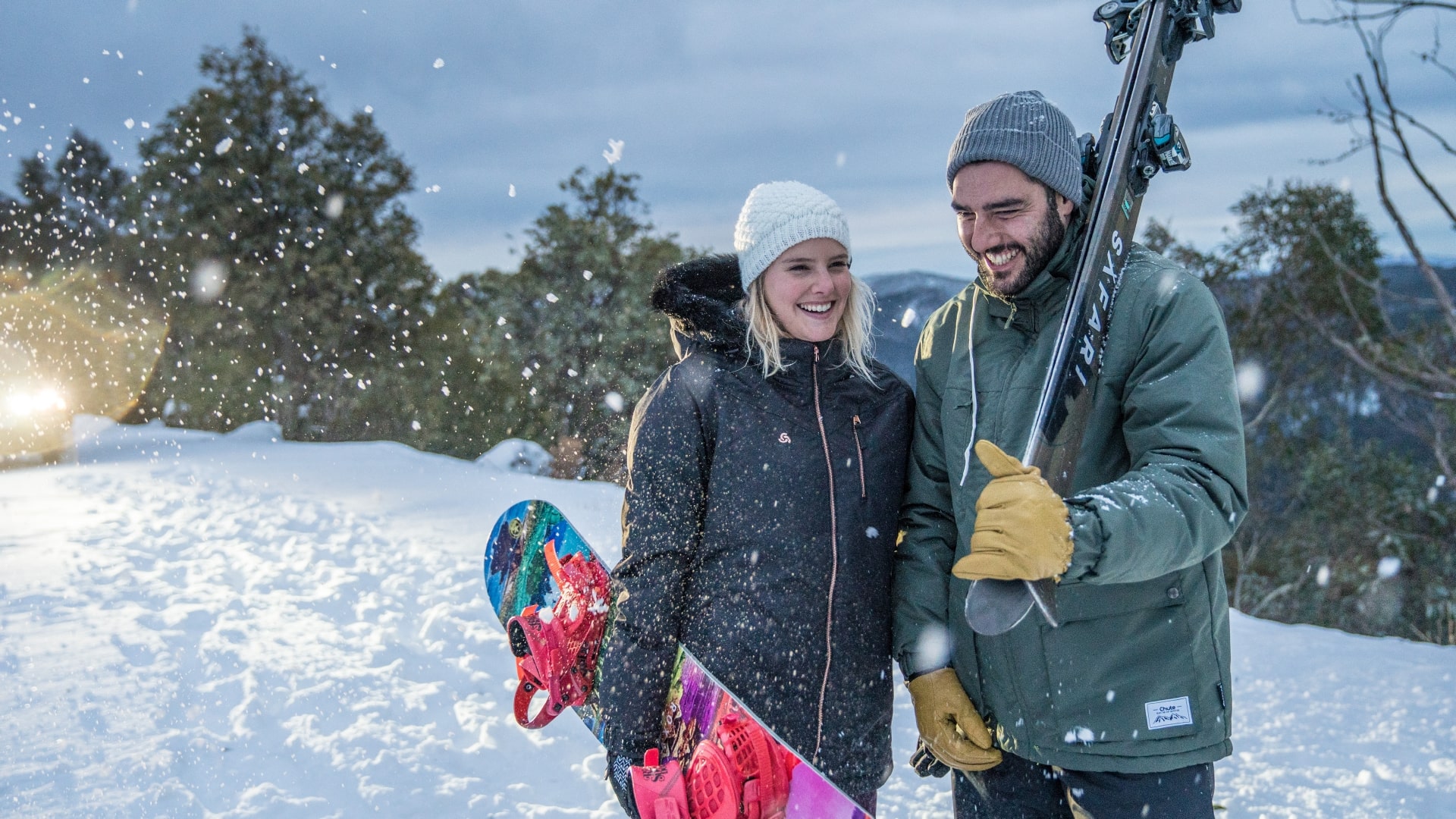
Protecting Your Head & Face In The Snow
Protecting your head and face from the cold as well as injury when you hit the slopes is crucial. With many options to choose from, here is our breakdown of how to protect your face and head when enjoying your time on the mountain.
Snow Helmet
Rarely seen back in the day, a snow helmet is now a safety essential, and many ski fields won't let you on the snow without a helmet that is designed for the snow. This is because they have the added benefit of helping keep your head warm, but most gear hire places provide helmet rental with skis or a snowboard. Snow helmets can be worn with or without a beanie (decide before fitting), and every child must wear one while snowboarding or skiing. When choosing a helmet that fits you properly for all-day comfort, remember that it has to be snug and not loose (shake your head and make sure it doesn't move). It should completely cover your forehead and stop just above your eyebrows, and the size should match the circumference of your head (a few cm above your ears). It's also a good idea to try it on with your goggles (to ensure it stops just above them) and your beanie (if you'll be wearing one) as this affects the fit. Most can be adjusted for the perfect fit so try making a few tweaks. The chin strap needs to be firm but also comfortable. Vents circulate air so moisture doesn't build up in your helmet.
Beanie
A beanie stops body heat from escaping from the top of your head and protects you from wind chill so your ears stay warm. It needs to feel comfortable underneath your helmet, so go for a snug fit otherwise it might come flying off. When it comes to fabric options:
- Acrylic: A stretchy, close-knit synthetic that doesn't last as long as wool.
- Polyester: This synthetic is also called fleece and provides a lot of warmth.
- Wool/acrylic mix: A good balance of comfort, warmth and lasting quality.
- Wool: Merino wool is extra fine so it's soft, keeps you really warm and lasts.
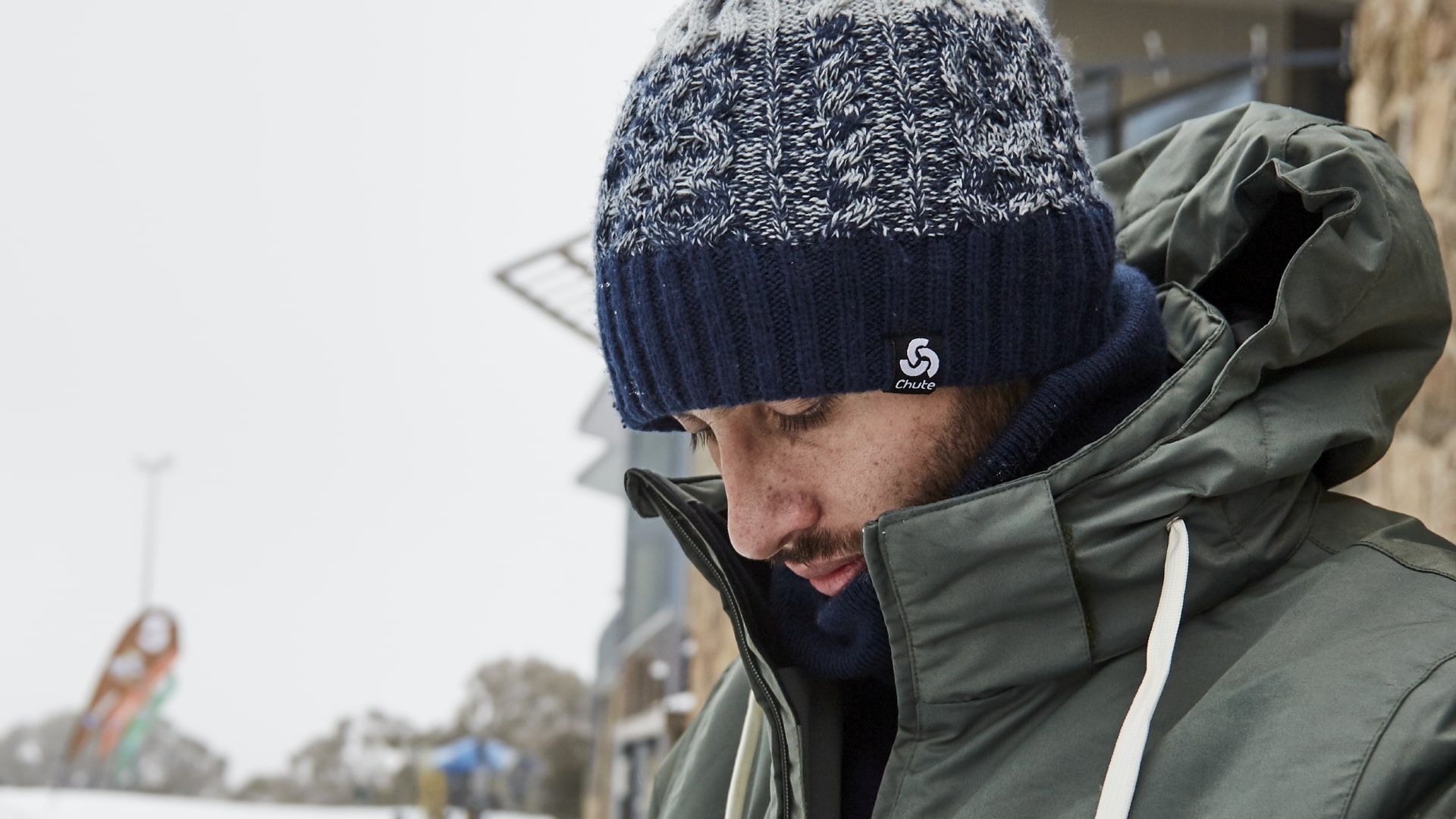
Headband/Ear Muffs
Headbands and earmuffs are crucial for warmth in snowy conditions as they protect sensitive areas from cold air exposure. The best materials for these accessories offer both insulation and moisture-wicking properties. Opt for fleece or wool blends as they trap heat efficiently while staying breathable. Avoid materials like cotton, which can retain moisture and compromise warmth, especially in winter.
Balaclava
A balaclava provides exceptional warmth in extreme cold by keeping your head, ears, neck, cheeks, nose and chin warm while also protecting your face from windburn and sunburn. Its snug fit seals out chilly air, while materials like merino wool or synthetic fibres offer insulation and moisture management. This versatile snow accessory is ideal for outdoor activities in frigid temperatures, ensuring comfort and protection.
Snow Goggles
Snow goggles will protect your eyes from the sun's UV rays and glare (sun reflecting off the snow), falling snow and wind so they don't dry out on the slopes. They can be worn over contact lenses or glasses (try goggles on with glasses before buying). Compared to sunglasses, snow goggles will give you more wind protection, are better when it's foggy or cloudy, will cover more of your face so keep you warmer and won't fog up as much (make sure your beanie/headband doesn't cover the air vents). Polarised lenses will give you better glare protection and clear contrast, whereas dark-coloured lenses suit sunny conditions and are best for bright days. Pink, yellow or green lenses are best when there's poor visibility. Amber lenses enhance contrast so it's easier to see any obstacles. The higher the filter number, the greater the UV protection. For minimal glare, go for snow goggles with 100% UVA, UVB and UVC protection.
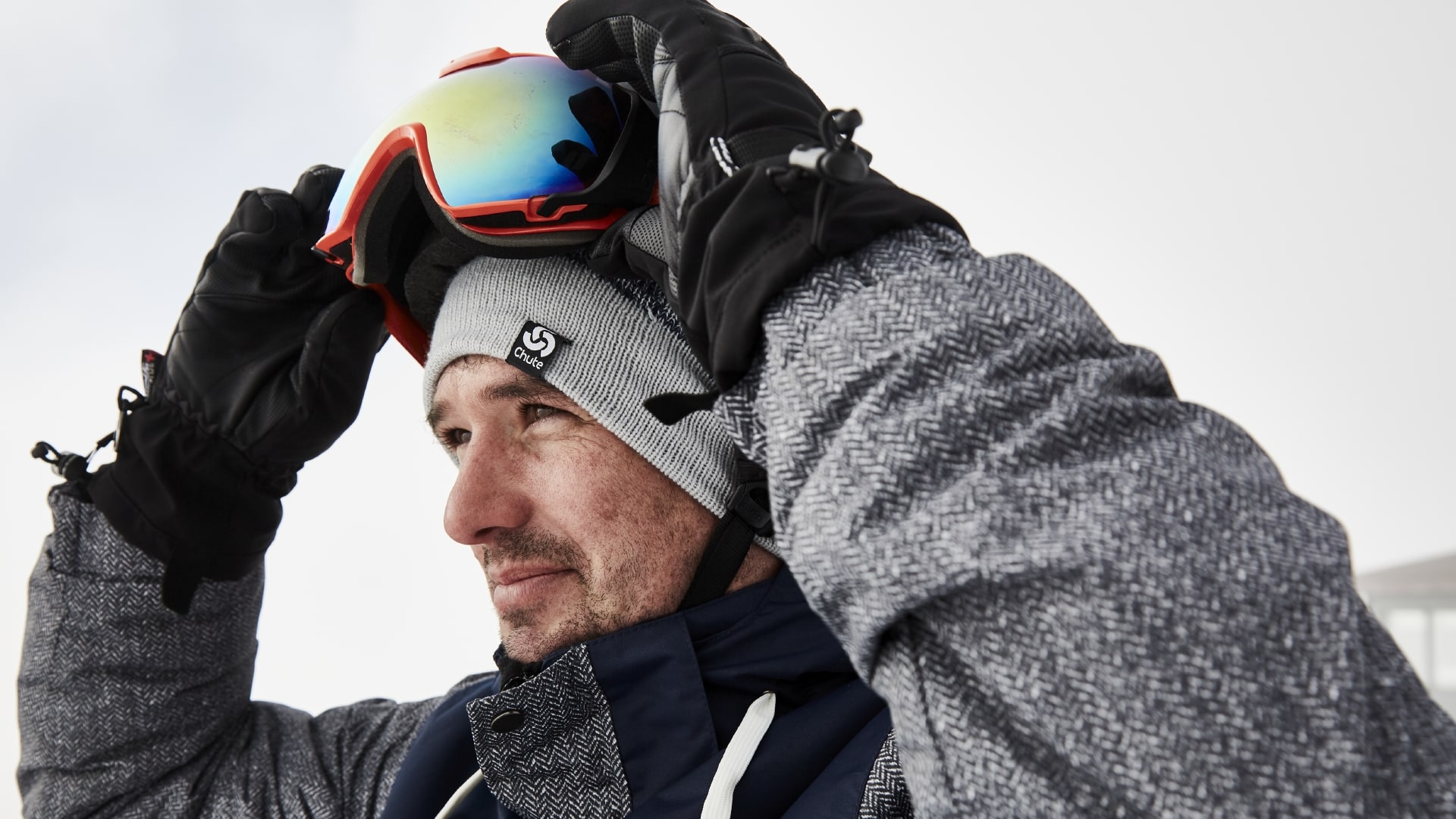
Neckwarmer/Scarf/Neck Gaiter
A scarf is one long piece of fabric that wraps around your neck for warmth off the slopes. A neckwarmer is a circular scarf that keeps your neck warm and won't fly off on the slopes. Neck gaiters are ideal for snowy conditions due to their versatility. They offer warmth and protection for the neck and face, easily doubling as a scarf or face mask. Their breathable fabric regulates temperature while shielding from wind and snow.
Sunscreen
Sunscreen is critical because you're just as likely to get sunburnt at the snow as you are at the beach. The sun's UV rays can do serious damage at the snow because they hit you from above (and they're also stronger at high altitudes) and from below because they also reflect off the snow. Sunscreen is essential on all skin not covered with clothing (usually this is just your face). It's a good idea to put sunscreen and an SPF lip balm in your pocket to reapply later (or a clip-on travel size).
Keeping Your Body Warm On The Slopes
Layering is the secret to staying warm in the snow. When you head in for lunch or a drink you can shed a layer or two, relax in front of the fire, then layer up again before you head out to shred. How to layer your clothes when you go to the snow:
Thermals/Base Layer
A base layer and thermals are crucial in snow for insulation and moisture management, maintaining body heat and comfort. Synthetic fabrics like polyester or natural fibres like merino wool are ideal, as they wick moisture away from the skin and provide efficient insulation, ensuring warmth and dryness in cold conditions. By trapping your body heat so it doesn't escape, you will stay warm and toasty when out on the mountain. Thermals help you maintain a comfortable core temperature, which is crucial when out in the snow. We have created a guide on how to choose a thermal base layer to help you out if you need more information.
Insulation/Middle Layer
This layer goes over your thermals and under your waterproof layer and acts as insulation, trapping any heat that's escaped your thermals. Hoodies, vests, tights and fleeces are all popular middle layers. A fleece is warm, lightweight, insulates when wet and dries fast. Down material has the best warmth-to-weight insulation ratio (but no insulation when wet), whereas synthetic insulation won't keep you as warm as down but will keep you warm when wet.
Waterproof/Outer Layer
The final wind and waterproof layer that keeps you warm and dry. Snow jackets and pants can be both middle and outer layers in one. Jackets have a rating (higher ratings are more waterproof and breathable), but to be 100% waterproof, the jacket needs to have a waterproof layer that's breathable (so sweat can escape but water can't get in), seams that are sealed (so water can't seep in through the seam stitching holes) and waterproof zippers (usually covered with a fabric flap) so water can't get in. A softshell jacket is usually extremely lightweight and wind-proof with room to move around easily, breathable and waterproof, but not fully waterproof because the seams aren't sealed.
Keeping Your Hands Dry & Toasty
In snowy conditions, gloves and mittens are crucial for warmth and protection. Choosing the right pair involves considering insulation, waterproofing, dexterity and fit to ensure comfort and functionality in wintry environments.
Gloves
Gloves are essential in the snow for warmth and comfort, keeping your hands nice and warm so you can still feel your fingers. Snow gloves are very practical because you can still use your fingers. Waterproof gloves will keep your hands dry when you fall and insulated gloves will stop the heat escaping from your hands. If wool gloves get wet in the snow, then your hands will feel cold. Liner gloves can be worn under ski gloves for extra warmth and silk liner gloves are lightweight, breathable and keep you warm when wet. Touchscreen liner gloves keep you warm when taking photos and filming, making them very popular. Heated gloves are the ultimate for warm hands in the snow. Look for gloves with a pull toggle or adjustable cuff so they can be tightened so snow doesn't get in. Finger and palm grips allow you to get a better hold on things while wearing gloves and gloves with built-in wipes for your nose or goggles come in handy on the slopes. Some have vents that allow air to circulate and moisture to escape the gloves so your hands stay dry. Water-resistant gloves are fine for walks and experienced skiers and snowboarders, but they aren't fully waterproof, so they won't suit beginners still falling in the snow.
Always remember that when it comes to gloves labelled waterproof, some are more waterproof than others. The water (or hydrostatic) head rating tells you how waterproof the gloves are. The higher the water/hydrostatic head rating, the more waterproof they'll be. For the best waterproof gloves, choose one of the highest water/hydrostatic head ratings. Snowboarders regularly adjust their bindings, so good waterproof gloves are essential.
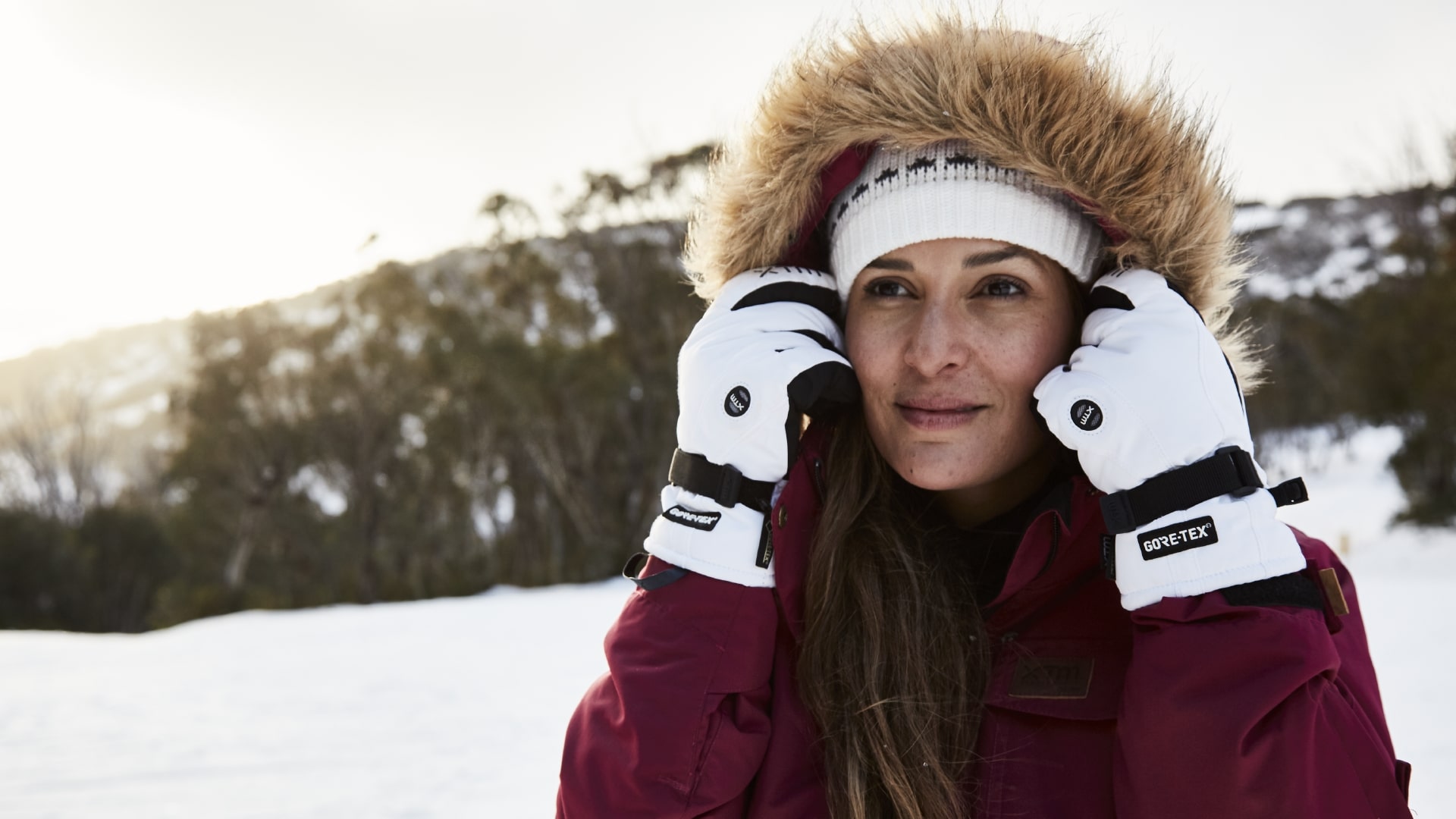
Mitts/Mittens
Mitts, also known as mittens, are hand coverings with a single compartment for all fingers, providing warmth and protection in snowy environments. Unlike gloves, which separate each finger, mitts trap heat more effectively, creating more hand heat and warmth than gloves and reducing the risk of frostbite and maintaining dexterity in cold conditions. They insulate hands by keeping fingers together, minimising heat loss. Mitts are essential for outdoor activities in the snow, offering comfort and safety by shielding hands from the cold and wet elements. Mitts/mittens are better suited to snowboarding than skiing with poles.
Keeping Your Feet Warm & Comfortable
In the wintry embrace of snow, the harmony between the right socks and snow boots is paramount. These seemingly small choices wield great influence, safeguarding against frostbite's chill and ensuring each step is met with warmth and comfort. They are the unsung heroes, shielding feet from the icy grasp of winter's domain.
Socks
Wearing the right socks will keep your feet warm, dry and comfortable and will wick the sweat away from your feet so they stay dry. Compared to synthetic socks, Merino wool socks are more breathable and soft, plus they are warm and dry and anti-bacterial (so they won't get stinky). Thin, smooth socks are actually better than thick socks, as thick socks can cause feet to sweat and rub causing blisters. Your snow socks should be padded in all the right places to prevent blisters, allowing you to hit the slopes all day and the next day. Only clean, dry socks every day will wick sweat away.
Snow Boots
You'll need snow boots for walking around in the snow after your day on the slopes. They'll need to be waterproof and insulated to keep your feet warm and dry and have a temperature rating, which tells you how warm the boots will be. Snow boots with an insulated insole are warmer than those without, as heat can escape. Breathable snow boots circulate air so foot moisture doesn't cause odours and bacteria. The better the foot support, insole and laces the more comfortable the boot (full laces give you a better, more secure fit than pull-on boots). How much traction your snow boots give you on the snow depends on the tread and outer sole. More grip on your boots means they're less slippery in the snow. Rubber carbon outer soles are harder and last longer than rubber, but rubber grips better. A cuff, gusseted tongue or gaiter (a tube from the top of your boots around your calves) helps keep water and snow out of your boots. When weighing up boots, compare their heaviness so they're comfortable to walk in. Staying warm and dry is the aim of the game on and off the slopes, so make sure you have all the gear you need for a fun snow adventure and keep a change of clothes in the car for the trip home.
Determining The Quality Of Your Snow Gear
When you're weighing up which snow gear to buy, think about quality versus cost. Synthetic fabrics are cheaper but won't last as long as Merino wool, whereas Merino wool socks will keep your feet warm and dry and will last longer than synthetics. A good quality jacket is a middle and outer layer in one and will last you for years. Good goggles protect your eyes, keep your face warm and give you good visibility. Keeping the kids warm and dry will keep them happier in the snow for longer. When it comes to how much you should spend on snow gear, think about how many seasons you want to get out of it/how long it'll fit the kids for. Cheaper snow gear tends to be less waterproof, so you get what you pay for. For comfortable snow trips for years to come, it's worth spending more on good gear. Whatever you spend on snow gear, you're saving on renting snow gear in the future.
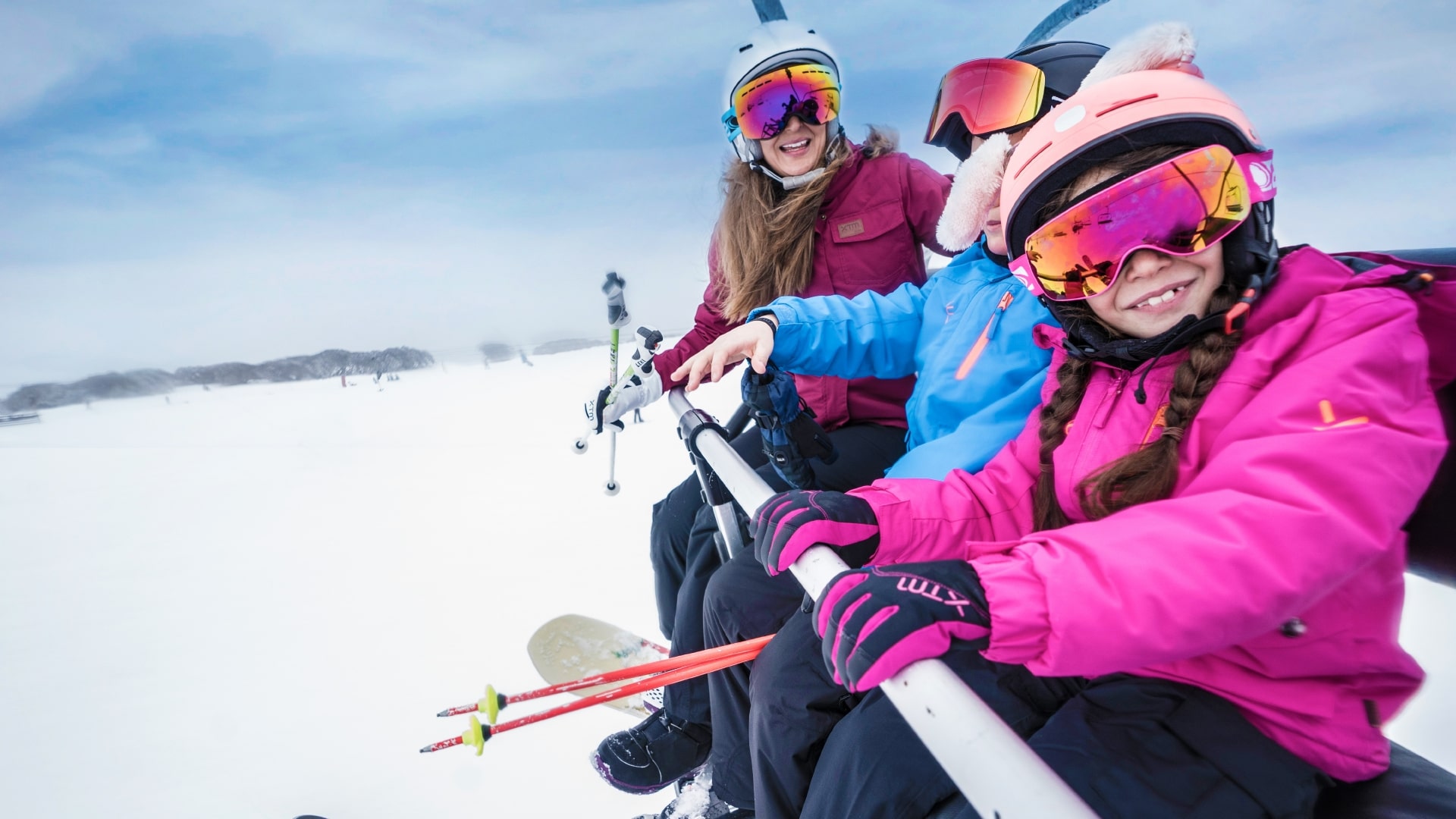
Find The Best Snow Gear At Anaconda Today
When it comes to having the right snow gear for your next snow adventure, Anaconda has all of your needs covered. Make sure you check out our Adventure Centre for more helpful tips and exciting destinations that you can visit with your friends, loved ones and family. If you liked our Snow Gear Buying Guide, then you might also like some of our other articles for awesome destinations and tips such as:
- Family Snow Checklist
- Best Base Layers & Thermals For The Snow
- What To Consider When Going To The Snow For The First Time
- How To Snowboard: Everything You Need To Know
Find your local Anaconda store and check out our extensive snow range for your next outdoor adventure